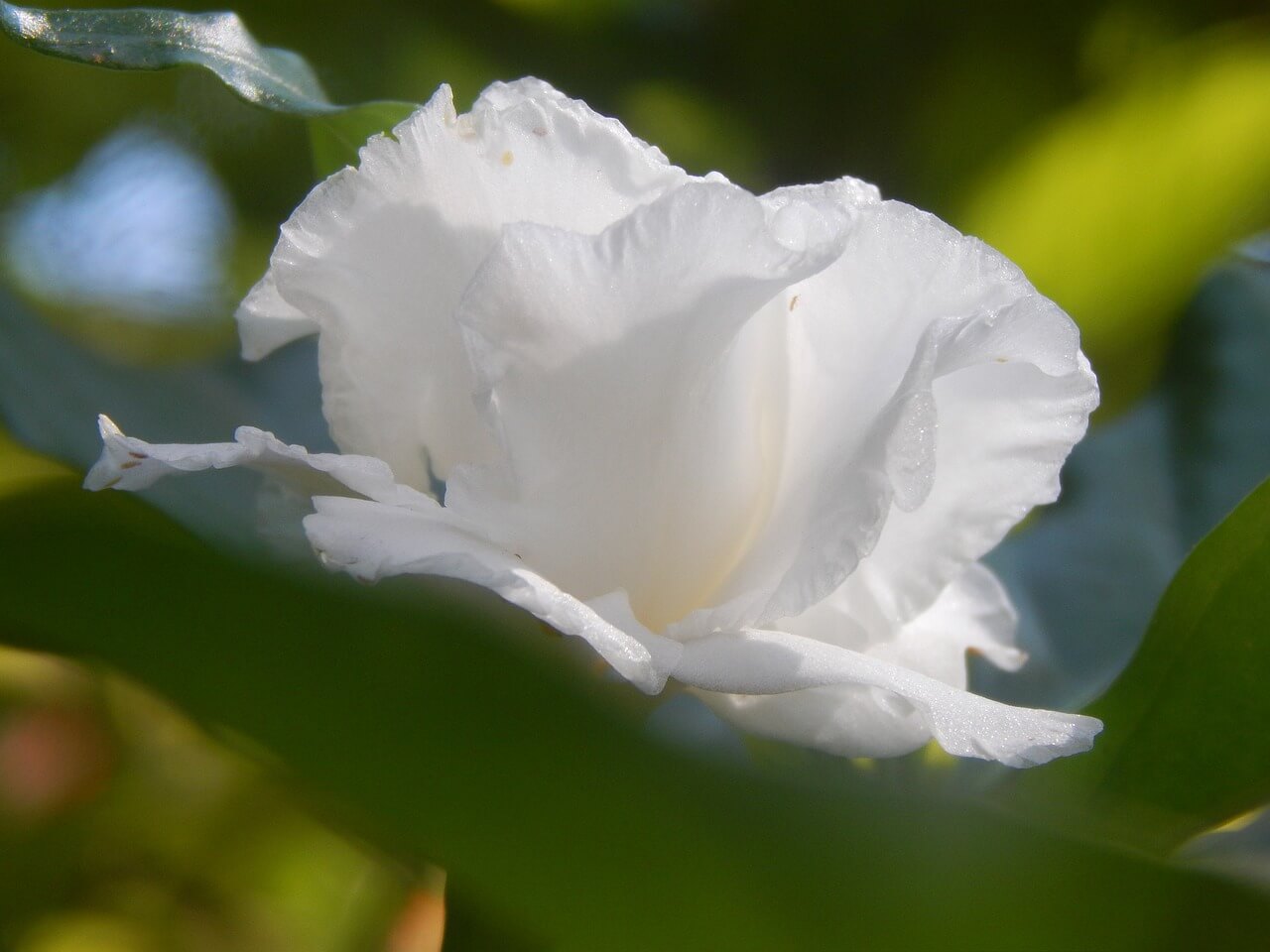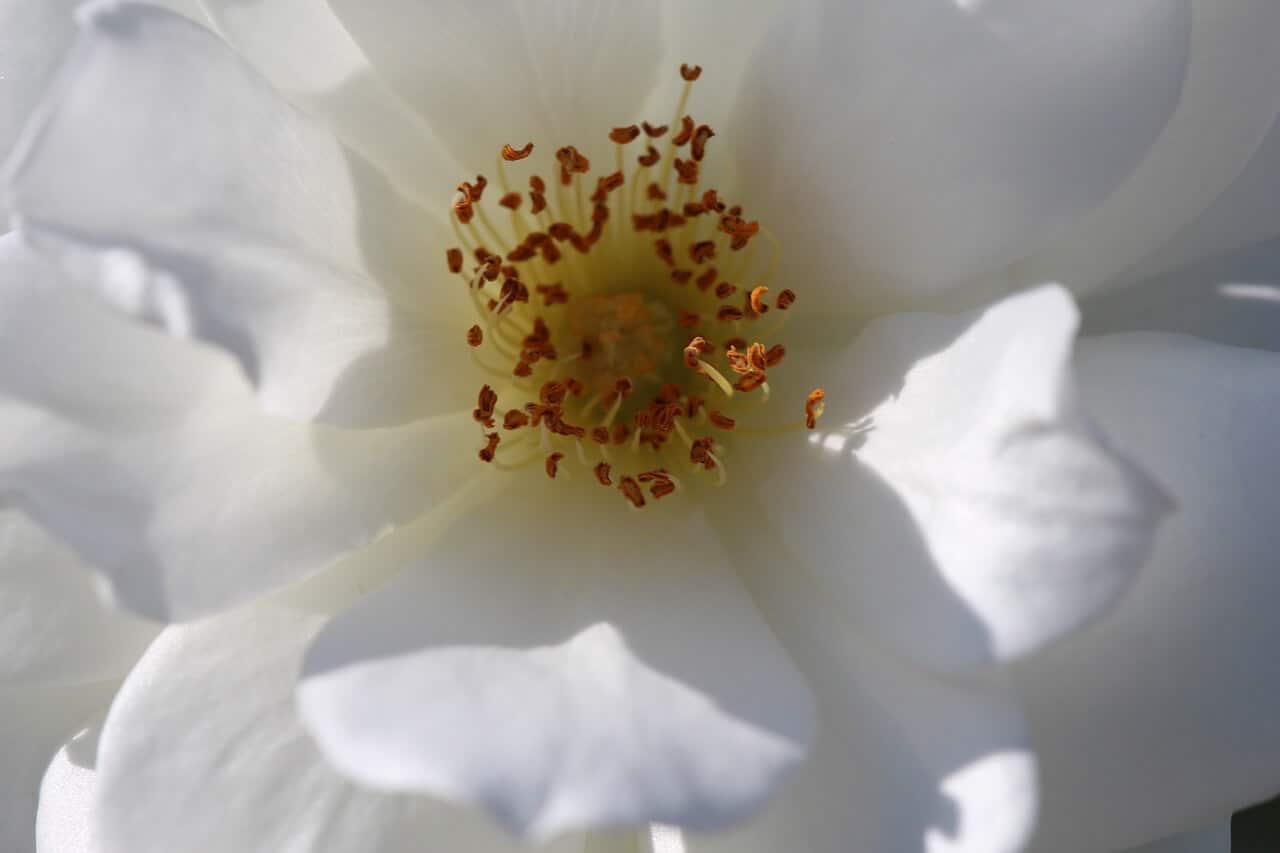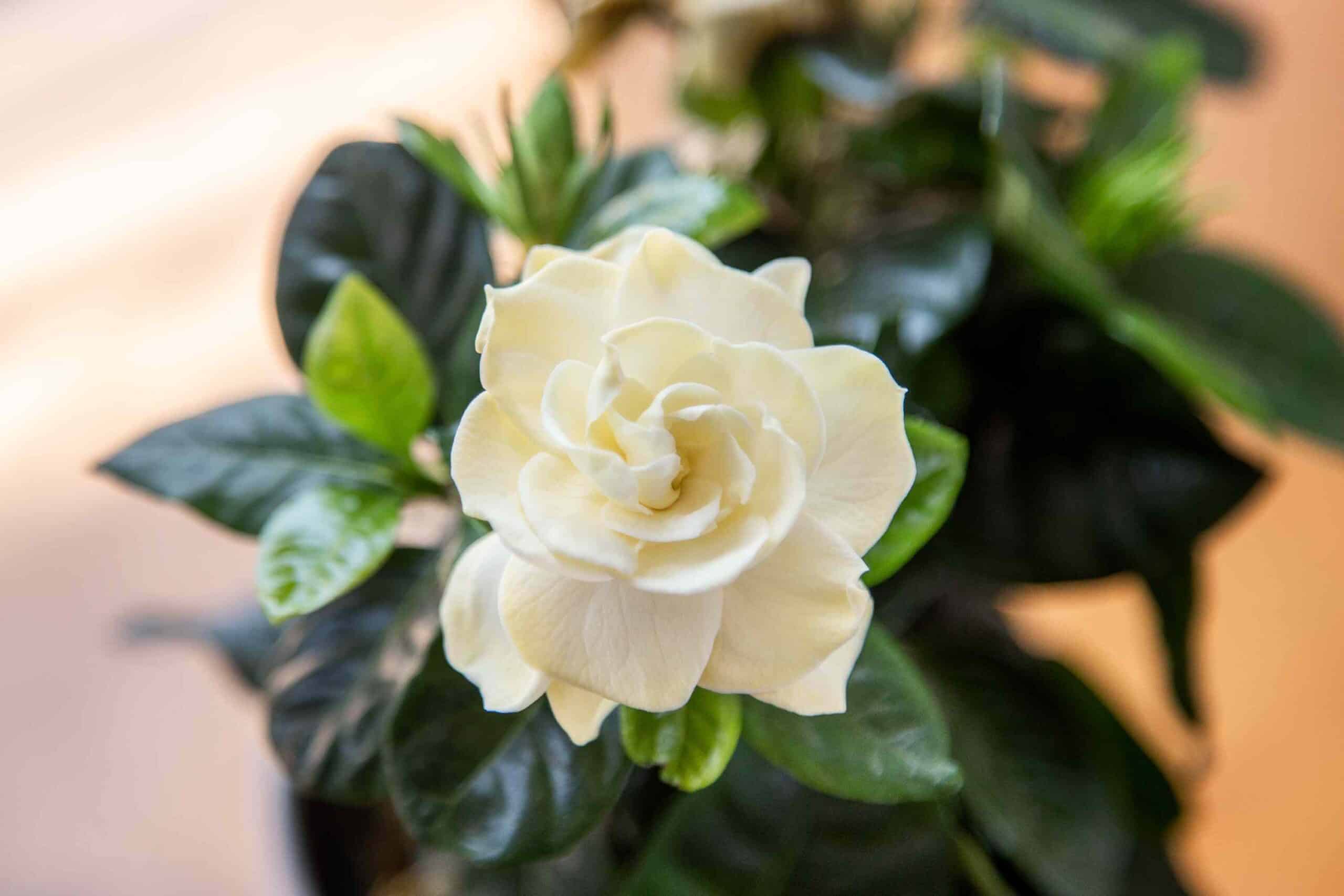
The beauty of its flowers and its sweet and intoxicating fragrance make putting potted gardenias at home is one of the best decisions you can make when it comes to having plants that brighten your daily life. But we already warned you that it is a somewhat sensitive variety that requires specific care.
So that your gardenias planted in pots are more beautiful than ever, we have prepared a guide for you in which we tell you step by step how to care for them.
Types of gardenias and their characteristics

Due to their elegance, beauty and aroma, gardenia flowers are among the favorites of many people. In fact, it is a plant widely used in the cosmetics sector, and we find it as a base in a large number of creams and cosmetics.
Up to 200 types of gardenias have been described, but currently there are 134 types accepted, and the variety that we know best in Europe is the one that comes from China, with flowers made up of five sepals and a crown of petals.
The four most prominent types of gardenias are the following:
- Jasminoids. They are the most cultivated and receive this name because their flower smells very similar to jasmine. We can enjoy its flowering between June and September. Furthermore, in Chinese medicine, important health benefits are attributed to this plant, such as improving the quality of sleep and reducing tissue inflammation.
- Brighamii. The Hawaiian gardenia is rather a small tree, which can reach up to five meters in height. Its white flowers measure between two and three centimeters and it has tubular petals with up to six lobes.
- Tahitensis. This gardenia from the South Pacific blooms between May and September, and is the one that Polynesian women usually wear in their necklaces. The plant can reach up to four meters in height, and has impressive, very glossy leaves.
- Latifolia. What is known as Ceylon boxwood is a leafy shrub with high-waisted bark, highly appreciated in the pharmaceutical industry for the good results it offers when treating skin conditions.
What care do potted gardenias need?

Of all the varieties that exist, the ones that give the best results for growing in pots are jasminoid gardenias, because they have a more compact size.
Although the gardenia It is mainly an outdoor plant and it is outdoors how it will grow best, with proper care It also gives good results as an indoor plant. What this species does not handle well are changes in routine. Therefore, once you have decided on the ideal location for it, it is best not to move it too much.
To grow gardenias in a pot and get them to have lush foliage and beautiful flowers, you can follow these care tips:
Lighting conditions
To this plant loves to receive sunlight, the more hours a day, the better for your growth. If you have it outside, find a bright corner for it.
If you have it as an indoor plant, place it in a place where it receives good lighting. What's more, there is no problem with placing it near a window, although in summer you will have to be a little more careful so that the sun penetrating through the glass does not cause burns on the leaves.
Watering gardenias
Gardenias in pots are plants that They appreciate humidity, especially during the summer. It is best that you practice a immersion irrigation, Immersing the container in water and leaving it there for about 15 minutes. Then let the excess water drain and you can return the plant to its original location.
Also in summer, it is recommended that you spray a little water on the leaves so that they do not dry out too much. But try never to wet the flowers so as not to accelerate its decomposition.
Ideal temperature for this plant
It is no coincidence that the gardenia is a fairly common variety in warm places, and the ideal temperature for its growth is ebetween 30 ºC and 15 ºC. That it withstands heat so well is what makes it a good choice as an indoor plant.
If you have it outdoors, during the winter try to protect it, because it does not tolerate the cold at all, much less the frost. If exposed to very low temperatures, it will most likely die.
Substrate for potted gardenias
The most suitable substrate for this plant is acid, with a pH between 5.0 and 6.0. In addition, you must make sure that it is a soil with good drainage capacity.
Gardenia requires a lot of moisture, but its roots may rot if they are continually exposed to water. The substrate must always be moist, and that does not mean that it has to be waterlogged. In fact, if you find good irrigation guidelines and the substrate is good, you will ensure that your gardenia has very abundant flowering.
How to revive a gardenia?

If you already have a gardenia and it is not looking its best, it is still possible to save it. In case it has lost density, give it a good pruning, because this will stimulate the growth of new shoots. Also cut those stems that you see are drier and look more aged.
After pruning, take advantage and do a transplant. If you don't need a larger pot, change the entire substrate. And since you are making changes, consider that the location you had given the plant may not have been the best, so now is a good time to try Find a location that suits you best. As we said before, try to find a place where it receives as much light as possible. Finally, water well and apply a little fertilizer. In a short time the condition of the plant should improve.
Growing gardenias in a pot can be a pleasant experience if you apply the care that this plant needs. Can you tell us how things are going with her?